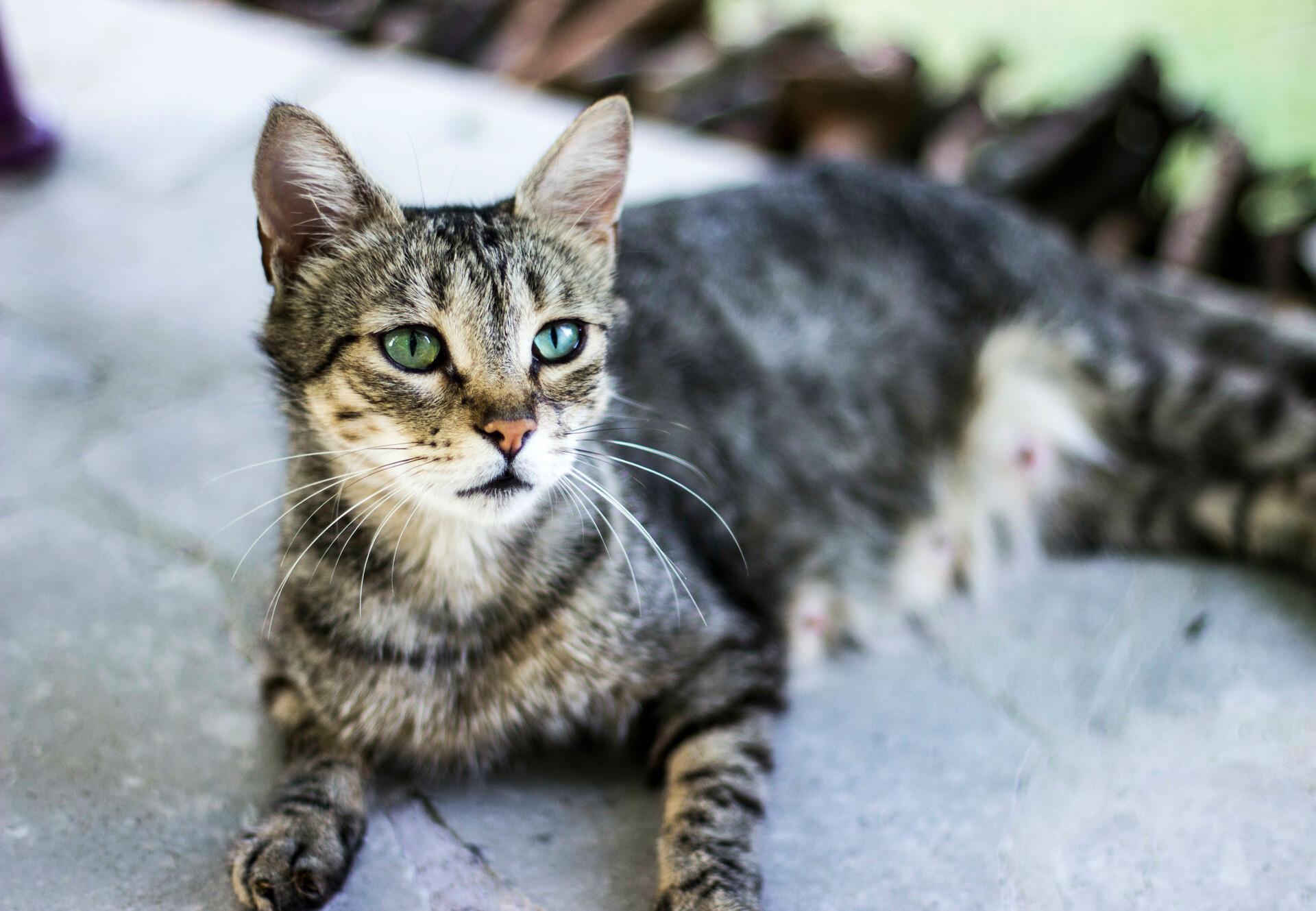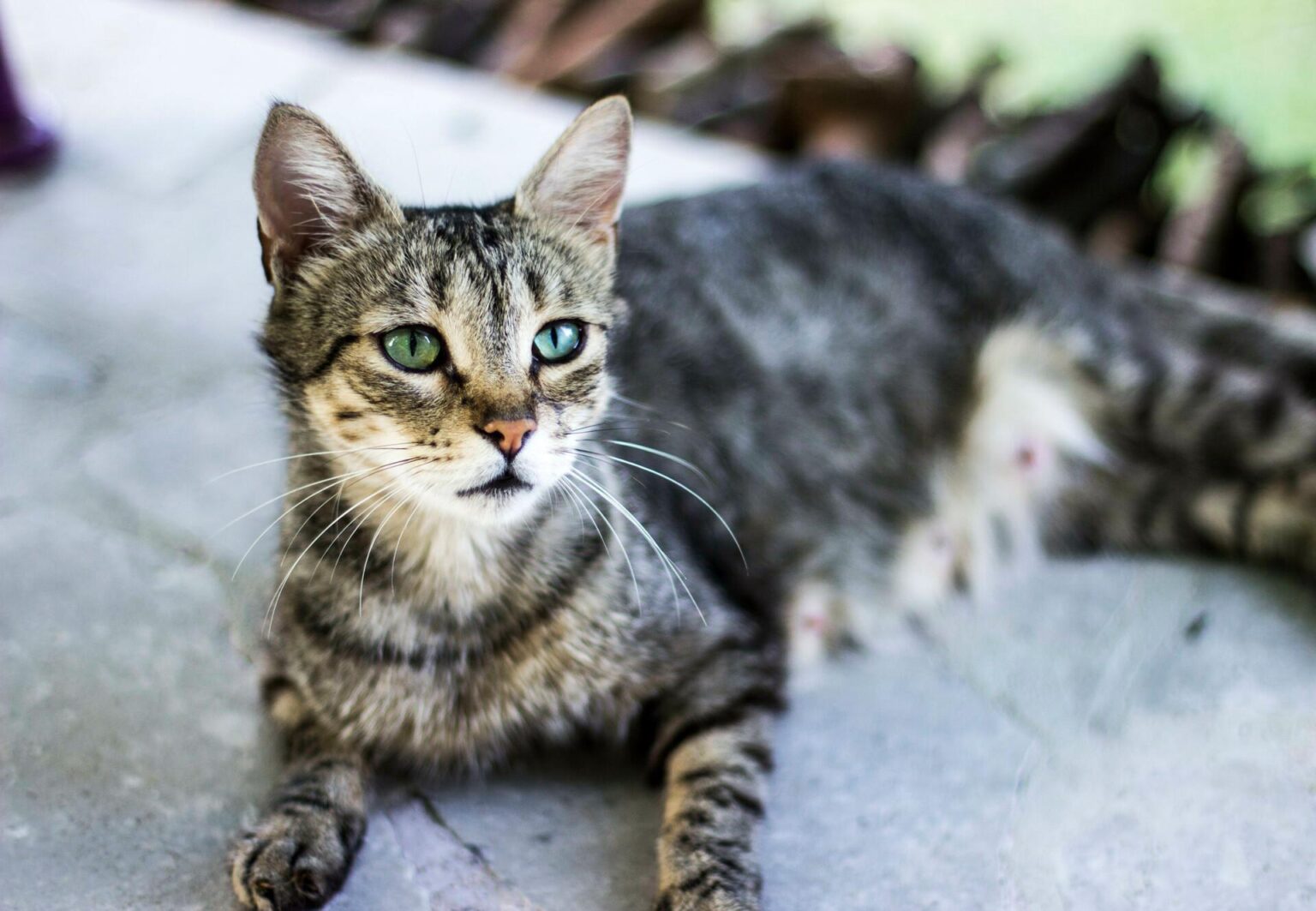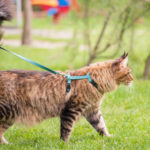When it comes to our feline friends, their culinary preferences can often leave us scratching our heads. While most cat owners are well-acquainted with their pets’ fondness for fish or chicken, a curious phenomenon has emerged that might just surprise you: many cats seem to have an inexplicable fascination with olives! Perhaps you’ve witnessed your kitty curiously pawing at a bowl of olives or even making a beeline for your snack plate. But why exactly do cats exhibit such interest in this little Mediterranean fruit?
In this article, we’ll explore the intriguing reasons behind cats’ attraction to olives, delve into the potential benefits and risks, and uncover whether it’s safe to indulge your furry companion with this unique treat. Join us as we unravel the mystery behind this surprising feline food fascination!
Table of Contents
- Understanding the Intriguing Attraction Between Cats and Olives
- The Science Behind Cats Unique Taste Preferences
- Safe Ways to Introduce Olives into Your Cats Diet
- Alternatives to Olives for a Feline Food Adventure
- Q&A
- To Wrap It Up

Understanding the Intriguing Attraction Between Cats and Olives
Cats are known for their quirky preferences when it comes to food, and their fascination with olives is no exception. Many cat owners have observed their furry friends showing an unusual interest in these small fruits, often batting them around or sniffing them with curious intensity. This peculiar attraction might stem from the presence of oleic acid in olives, which is reminiscent of the chemical compound nepetalactone found in catnip. Just like catnip, this compound can elicit playful or euphoric responses in some felines, creating an irresistible allure that leads them to investigate these mysterious little spheres.
Interestingly, not all cats react to olives in the same way, and their responses can vary widely. Some cats may become hyperactive, engaging in a lively game of chase with an olive, while others may simply enjoy the scent. To better understand this phenomenon, consider the following factors that contribute to a cat’s attraction to olives:
- Texture: The smooth surface of olives can be fascinating for cats to paw at and play with.
- Odor: The unique smell can pique a cat’s interest, similar to how they respond to catnip.
- Curiosity: Cats are naturally curious creatures, and new foods can spark their interest.
The Science Behind Cats Unique Taste Preferences
When it comes to taste, cats are quite the connoisseurs. Their unique palate is influenced by several factors, including their evolutionary background as obligate carnivores. Unlike humans, cats lack taste receptors for sweetness, which explains their indifference to sugary snacks. Instead, they are highly attuned to the flavors of meat, which is why they often gravitate towards high-protein foods. In addition to proteins, many felines exhibit a surprising curiosity towards certain plant-based foods like olives. This peculiar preference may stem from the presence of compounds in olives that trigger instinctual responses related to hunting or foraging, making them intriguing companions in your kitchen adventures.
Research has shown that cats have a distinct ability to detect specific aromas, which significantly impacts their food preferences. Some of the key factors influencing their taste include:
- Texture: Cats often prefer foods that are soft or crunchy, providing a satisfying bite.
- Aroma: The enticing smell of certain foods can draw them in, as their olfactory senses are more developed than those of humans.
- Temperature: Many cats enjoy their food at room temperature, as it closely resembles fresh prey.
Interestingly, a taboo regarding a popular feline delicacy is worth noting: olives contain a compound called oleic acid, which can simulate the effects of catnip for some cats. This can lead to playful behavior and heightened curiosity. While not every cat will have the same reaction, the allure of this fruit often captivates our furry friends. Here’s a quick overview of how some common food items rank in terms of feline appeal:
| Food Item | Feline Appeal |
|---|---|
| Olives | 🌟🌟🌟🌟 |
| Fish | 🌟🌟🌟🌟🌟 |
| Chicken | 🌟🌟🌟🌟🌟 |
| Veggies | 🌟🌟 |
Safe Ways to Introduce Olives into Your Cats Diet
Introducing olives into your cat’s diet can be a delightful experience, but it’s important to do so safely. Start with small amounts to see how your cat reacts; a thin slice or half of a pitted olive is a good initial serving. Always opt for plain olives, avoiding those that are marinated or seasoned with garlic, onion, or other potentially harmful ingredients. Furthermore, pitted olives are a must; the pit can be a choking hazard and may cause digestive issues. Monitor your cat for any signs of discomfort or allergic reactions after the introduction.
Another great way to incorporate olives is through olive oil, which can be drizzled over your cat’s favorite food in moderation. The oil can even act as a beneficial addition to their diet, providing healthy fats. Ensure that it is pure olive oil, as flavored varieties may contain additives that are unsafe for cats. If you’re feeling creative, consider making an olive-infused treat. Simple recipes can include blending a few pitted olives with a base of grain-free cat food or using them as an ingredient in homemade treats to make the experience enjoyable for your feline friend.
Alternatives to Olives for a Feline Food Adventure
If your feline friend is not a fan of olives or you’re looking to add some variety to their diet, consider these delightful alternatives that can still provide a unique taste experience. Cats are known to appreciate a range of flavors, and some alternatives may even pique their interest just as much as olives do. Here are a few options to explore:
- Catnip: This herb is a favorite among many cats and can provide a stimulating experience much like olives. Sprinkle some dried catnip on their food or offer it in toy form.
- Cooked Sweet Potatoes: Mashed or diced, this is a nutritious treat that many cats find enjoyable. It’s sweet enough to engage their palate without being overly rich.
- Freeze-Dried Meat Treats: High in protein, these crunchy bites can be a satisfying snack. Look for options like chicken, salmon, or turkey to keep mealtime exciting.
- Plain Yogurt: In small amounts, unsweetened yogurt can be a creamy snack. Just ensure it’s suitable for your cat, as some are lactose intolerant.
When introducing new foods, it’s important to do so gradually. Monitoring your cat’s reaction will help you determine their preferences. If you’re considering a change in diet, you might also want to consult with your veterinarian to ensure the new options align with their nutritional needs. Here’s a simple breakdown of some alternative treats that can help elevate your cat’s dining experience:
| Alternative Treat | Key Benefits |
|---|---|
| Catnip | Stimulating and playful |
| Cooked Sweet Potatoes | Nutritious and tasty |
| Freeze-Dried Meat Treats | High in protein |
| Plain Yogurt | Creamy and delicious |
Q&A
Q&A:
Q1: Do cats actually like olives?
A: Yes, many cats do seem to have a fascination with olives! The scent of olives—particularly the oil—can attract some felines, similar to how catnip affects them. However, it’s important to note that not all cats will exhibit this interest, as preferences can vary widely among individual cats.
Q2: What is it about olives that attracts cats?
A: The attraction many cats have to olives is primarily due to their strong aroma. Olives contain compounds like oleuropein, which may trigger a response in some cats, similar to how catnip does. The smell can pique their curiosity and incite playful behavior.
Q3: Is it safe for cats to eat olives?
A: In moderation, plain olives are generally safe for cats to consume. However, it’s important to avoid olives that are marinated in spices, garlic, or other seasonings, as these can be harmful to felines. Always check with your veterinarian before introducing any new food to your cat’s diet.
Q4: How can I tell if my cat likes olives?
A: You can introduce a small piece of plain olive to your cat to see how they react. Watch for signs of interest, such as sniffing, pawing, or attempting to play with it. If your cat shows enthusiasm, it’s a good indicator they enjoy it. However, if they ignore it, they might not be a fan.
Q5: Are there any health benefits to feeding olives to my cat?
A: While olives themselves do not provide significant health benefits for cats, they do contain healthy fats. That said, it’s crucial to offer them as an occasional treat rather than a regular part of their diet. The majority of a cat’s nutrition should come from their balanced cat food.
Q6: What other foods do cats commonly find fascinating?
A: Besides olives, many cats are attracted to catnip, certain herbs like valerian, and even some fruits and vegetables like cantaloupe and pumpkin. Each cat will have its own individual preferences, so it’s wise to try different options to see what piques their interest.
Q7: Can olives be harmful to cats?
A: While plain olives in small amounts are generally safe, overconsumption can lead to gastrointestinal upset. Additionally, avoid giving cats any pitted olives, as the pit can pose a choking hazard. Always monitor your cat’s reaction when introducing new foods.
Q8: How should I serve olives to my cat?
A: If you want to give your cat olives, make sure to offer them plain and unseasoned. You can slice them into small pieces to make them easier for your cat to manage. Always supervise your pet to ensure they’re enjoying their treat safely.
Q9: What should I do if I see my cat eating olives and I’m concerned?
A: If you notice your cat eating olives and you’re worried about it, contact your veterinarian for advice. They can provide guidance based on your cat’s health history and dietary needs.
Q10: Is it normal for cats to enjoy unusual foods like olives?
A: Yes, it’s not uncommon for cats to show interest in foods that are outside their typical diet. Cats are naturally curious creatures, and their interest in foods like olives reflects their exploratory instincts. Just remember to keep treats like olives occasional and monitor their health.
To Wrap It Up
while it may come as a surprise to many cat owners, the fascination that some felines have with olives is a delightful quirk of their personalities. As curious creatures, cats are naturally drawn to a variety of scents and flavors, and olives offer a unique experience that piques their interest. Whether it’s the smell of the brine or the texture of the fruit, it’s clear that this Mediterranean snack can be a thrilling treat for some cats.
However, it’s essential to remember that not all cats will share this enthusiasm, and moderation is key in introducing any new foods into their diet. Always monitor your cat’s reaction and consult with your veterinarian if you have concerns about their diet.
So, the next time you’re enjoying a bowl of olives, don’t be surprised if your feline friend is right there with you, intrigued and eager to join in on the experience. Embrace the quirky food preferences of your pets and enjoy exploring the many ways to share delightful moments together!
















